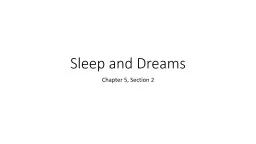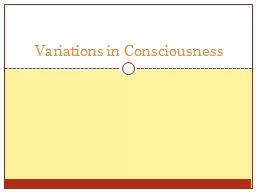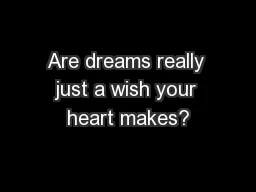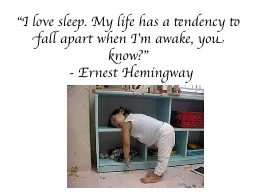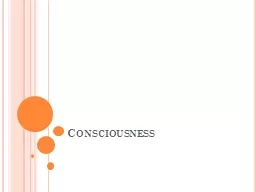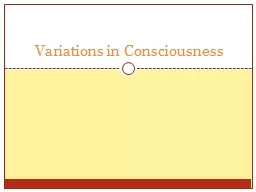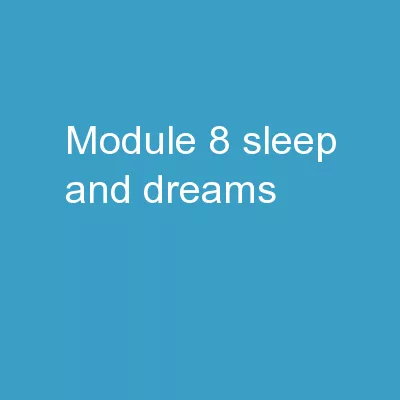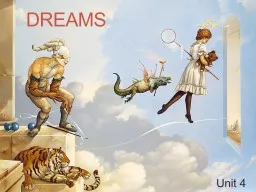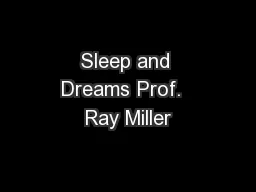PPT-Sleep and Dreams
Author : pasty-toler | Published Date : 2017-10-21
Chapter 5 Section 2 Sleep and Dreams The sleep cycle is made up of four stages of sleep and REM sleep Sleep serves important physical and psychological needs Common
Presentation Embed Code
Download Presentation
Download Presentation The PPT/PDF document "Sleep and Dreams" is the property of its rightful owner. Permission is granted to download and print the materials on this website for personal, non-commercial use only, and to display it on your personal computer provided you do not modify the materials and that you retain all copyright notices contained in the materials. By downloading content from our website, you accept the terms of this agreement.
Sleep and Dreams: Transcript
Download Rules Of Document
"Sleep and Dreams"The content belongs to its owner. You may download and print it for personal use, without modification, and keep all copyright notices. By downloading, you agree to these terms.
Related Documents

